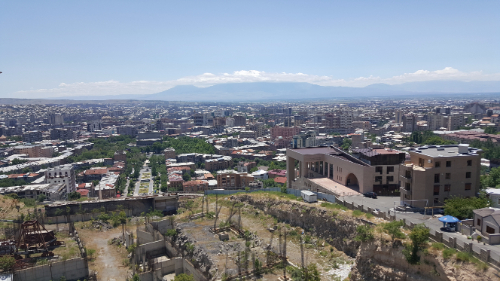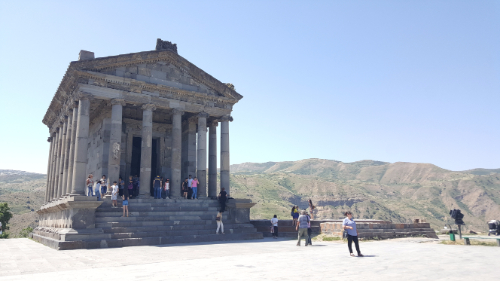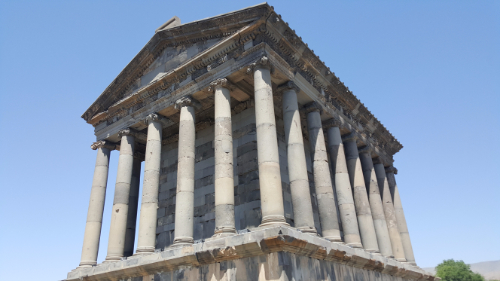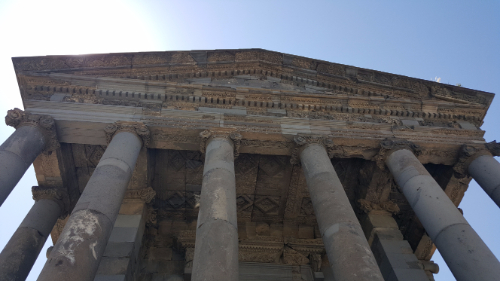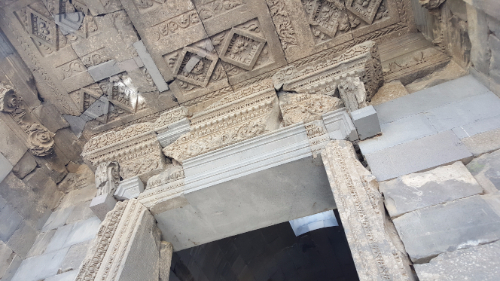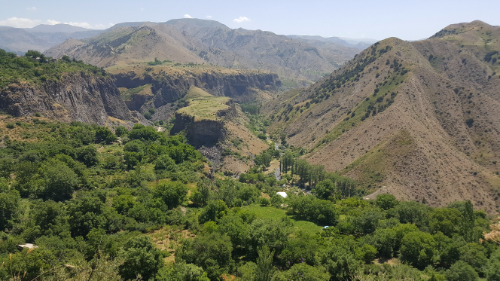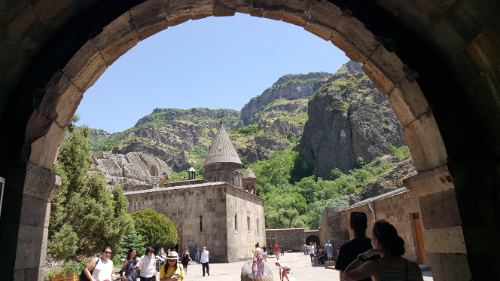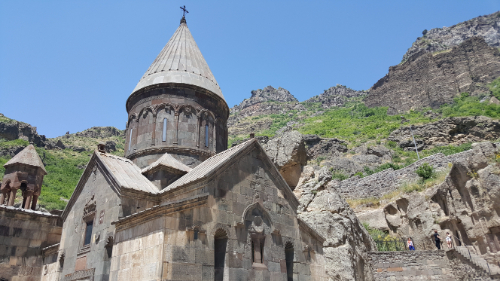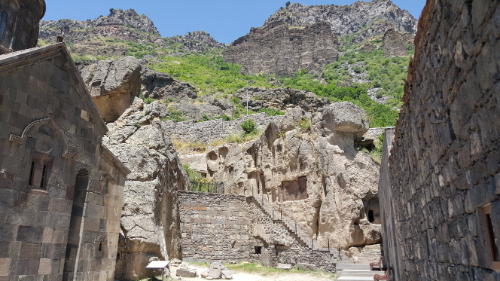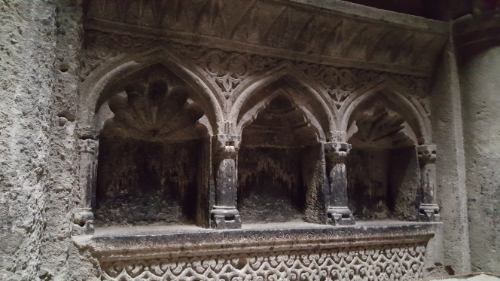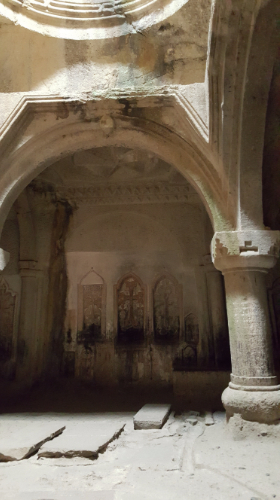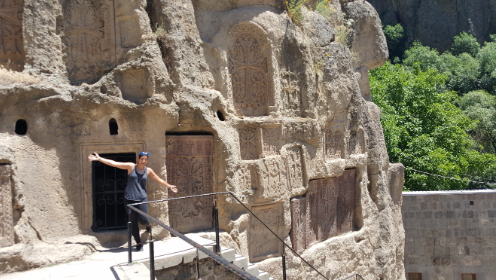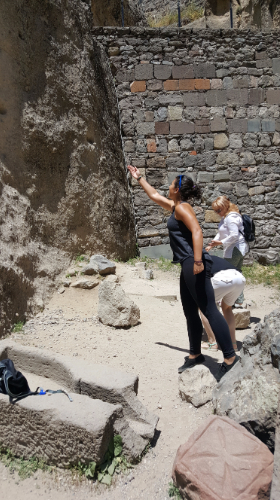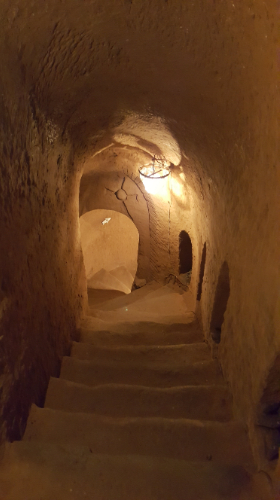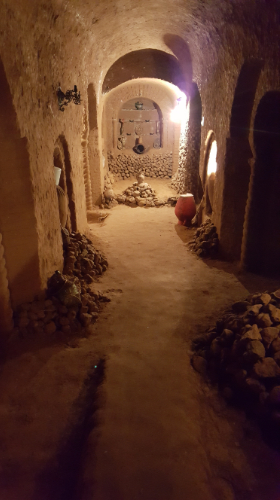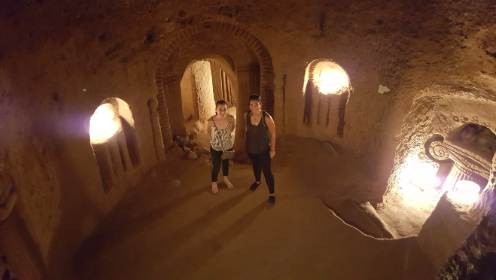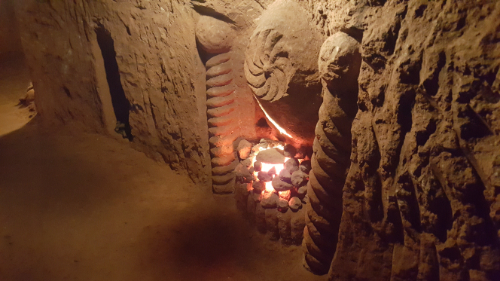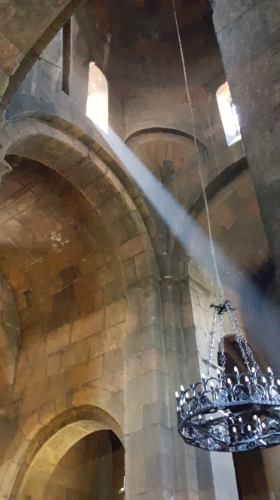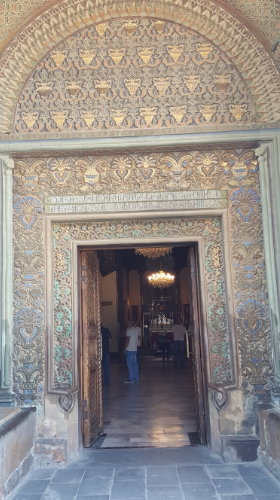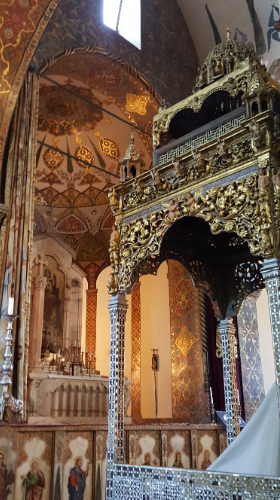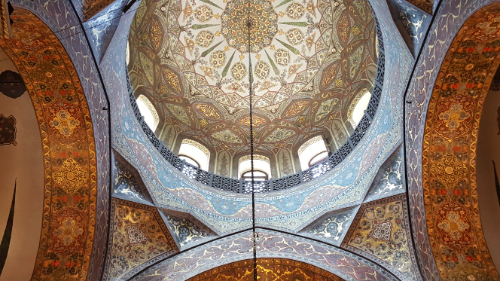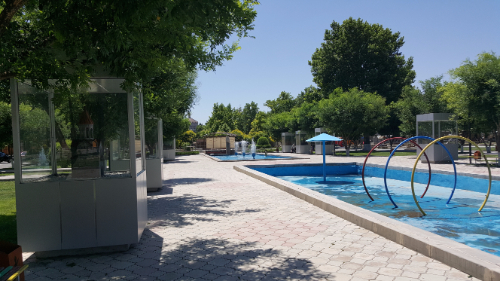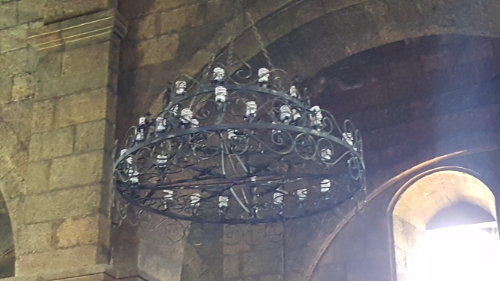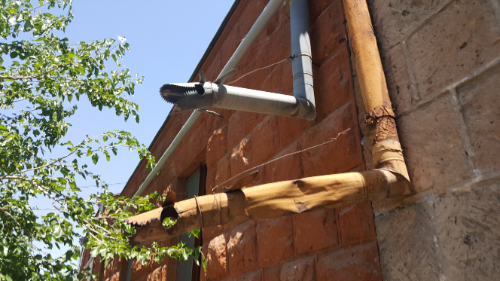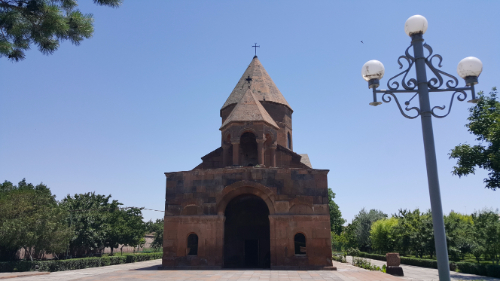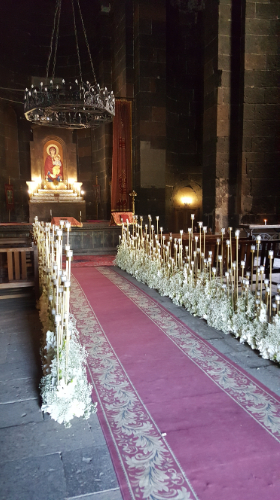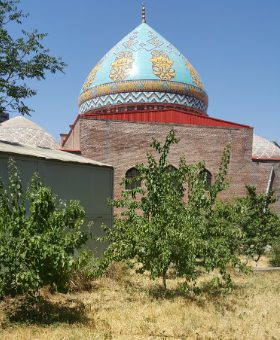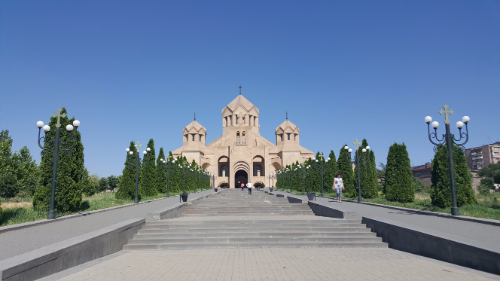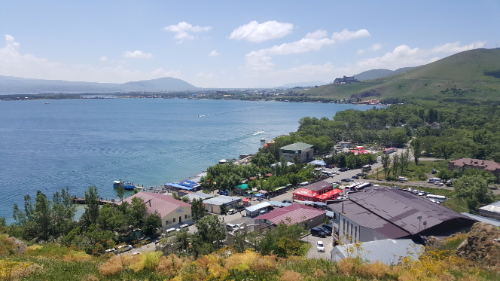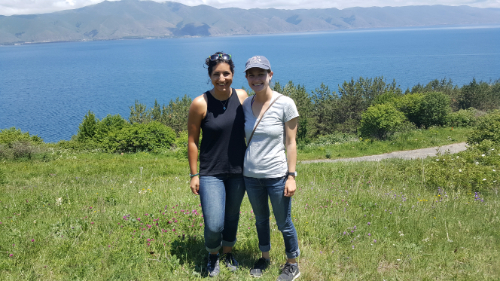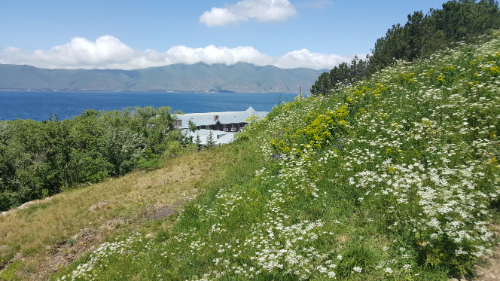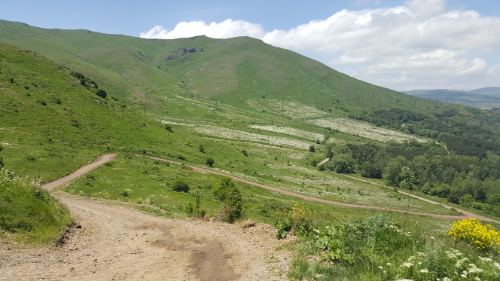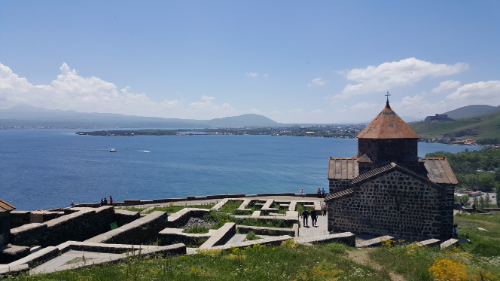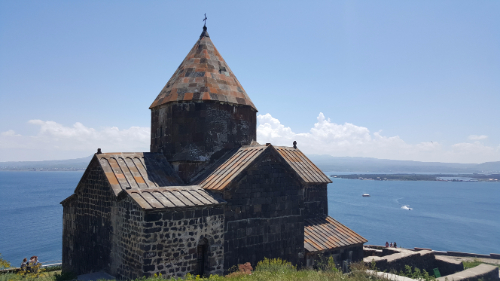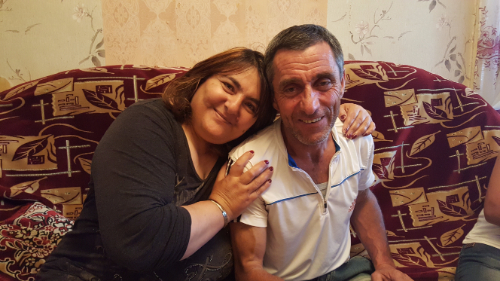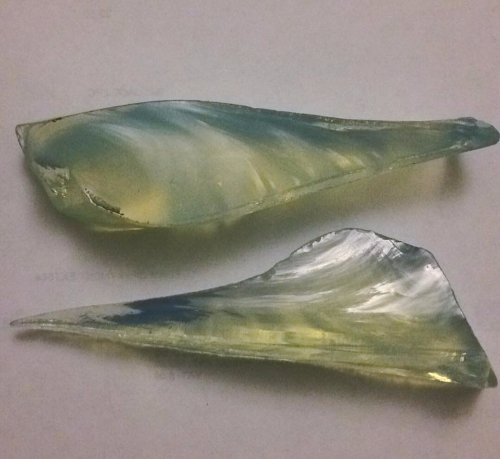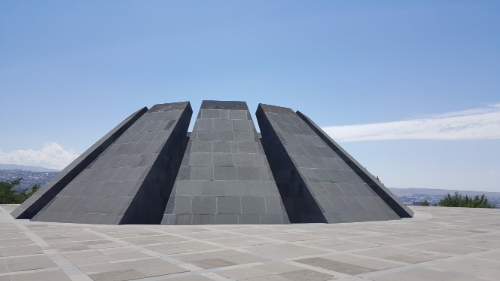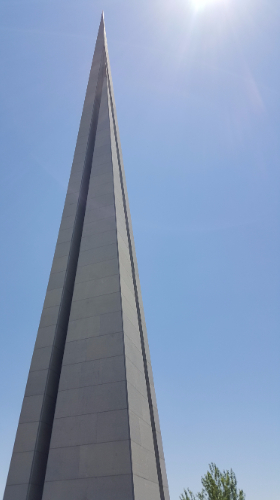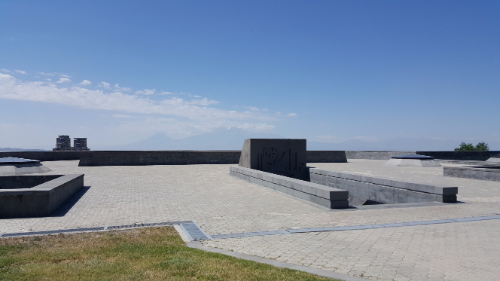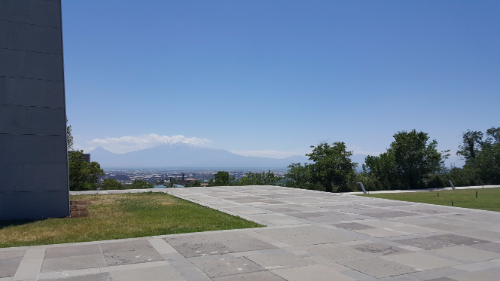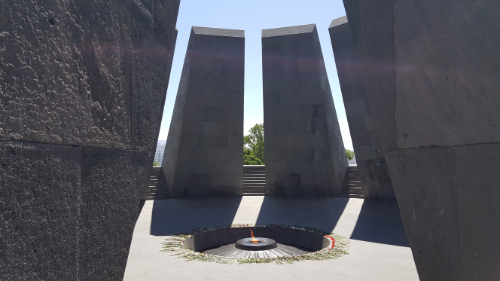This week has been… chaotic maybe? Today I was a little overwhelmed, and I’m starting to get the feeling that time is moving too quickly. It’s like there’s no time in my schedule for even taking a breath, and I need to take a step back to try to calm myself down.

I think the main thing that’s making me freak out is the class I’m teaching at GTC. It starts next week, and I don’t feel prepared at all. I was trying to convince myself that it will be fine, but I made the mistake of using the “probably not many people will sign up anyway” approach. That fell apart when I found out yesterday that 14 people have already signed up, and we haven’t reached the deadline yet.
This is the first class that I’m teaching where people are coming because they think that I’m going to have something interesting to say. Everywhere else, I had a captive audience, so it was less pressure. Now, not only are people choosing to be there, but I’m literally just making this class up as I go along.
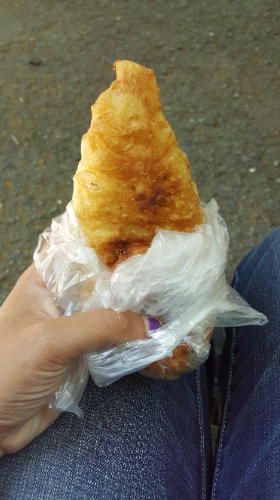
The class doesn’t start until Thursday, but I don’t have any more work hours to prepare. I literally had three days because we were forced to miss work today to go to community service at the school, and we’re travelling on Monday. I tried to get out of community service because I seriously felt like I needed to work, but my request was denied. That was a little annoying. So besides already being stressed because of the number of people in the class and the class in general, I lost an entire 6 hours of prep time. I definitely could have made good use of those hours.
I don’t want to keep complaining, but I promised I’d be honest about how I’m feeling. So here you go: today I’m feeling like I’m on the verge of a head explosion. I’ll be fine though. As soon as I make it through the first class, I’ll feel a million times better. On a positive note, I got connected with my translator for the class, and she seems really cool and determined to do a good job. That makes me feel slightly less anxious about the translation situation. Like I said though, I just need to survive class #1 and then it’ll be smooth(er) sailing!
On the home front, my host mom and I have been communicating slightly better. She still laughs at me on a regular basis and sometimes throws up her arms in exasperation when I can’t decode what she’s saying. I thought we were doing okay until today when I said that I liked dinner, and she thought I said that I am beautiful (see-room vs. see-roon). That didn’t get sorted out until she summoned her granddaughter who speaks some English.
Otherwise, I’ve been learning slowly… both the language and the ways of the world here. Just an FYI if you ever come here and are eating hot dogs, they’re always (as far as I now know) wrapped in a thin plastic skin. It’s not like at home where you’re supposed to eat the skin. Here, it’s plastic. I don’t know what kind of idiot would accidentally eat the plastic, but that’s just a random fun fact for you.
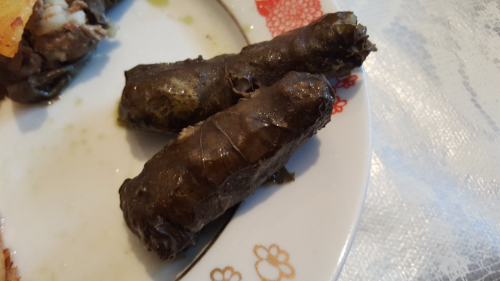
Also, I’m making great strides in the whole “picky eater” thing. It’s mostly just because even if I ask my host mom what something is, I still don’t know after hearing the answer. I’ve been drinking mystery juice daily (it’s good, but I have no clue what’s in it), I had dolma for the first time yesterday (yes, I know it’s disgraceful that I’ve lived 26 years as an Armenian and haven’t eaten dolma before), and I’ve said yes to trying at least a tiny bit of everything I’ve been offered so far. That’s big for me. I can’t say that I’ve added too many new foods to my list of things I’ll keep eating when I leave Armenia, but at least I’m trying (dolma though… that stuff is good).
We leave tomorrow to go to Artsakh/Nagorno-Karabakh for the weekend. That’s the territory I talked about that’s technically (according to the international community) part of Azerbaijan still, is independent according to Artsakh/Nagorno-Karabakh, and is part of Armenia according to any Armenian you talk to here. Also, everyone has a different name for it. It’s enough to make your head hurt. So yeah, I don’t know what the internet situation will be there, but I’m going to guess that I’ll be off the grid. Brace yourself for some retroactive posting early next week.


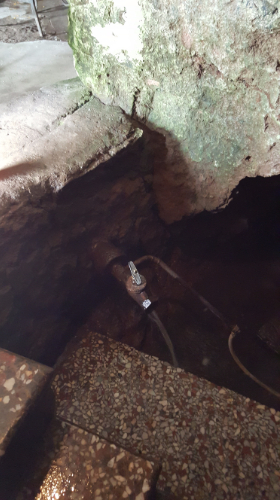
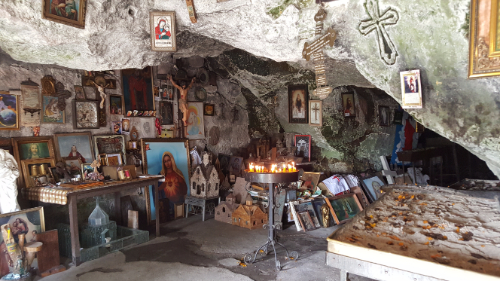

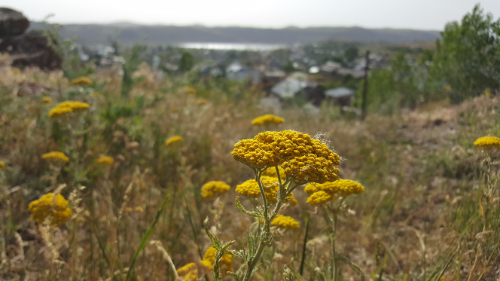
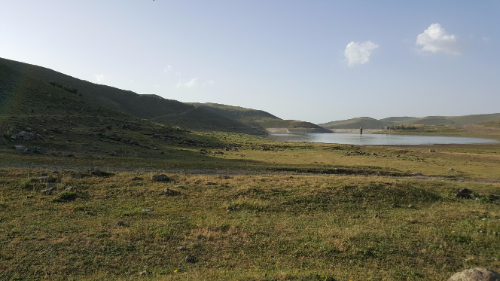

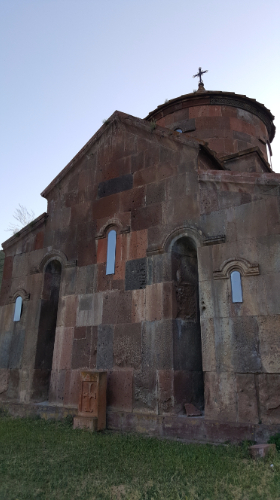
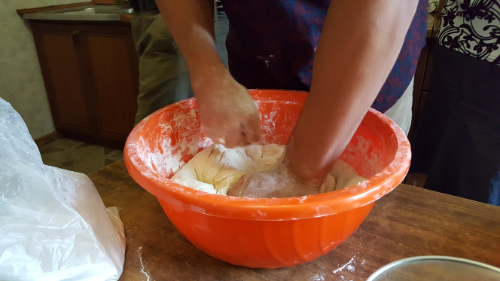
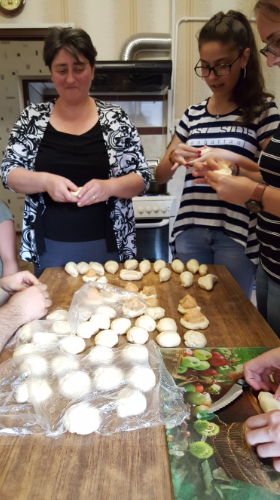



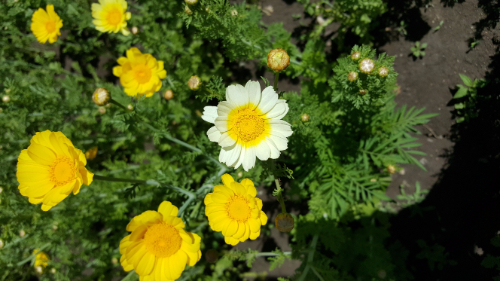
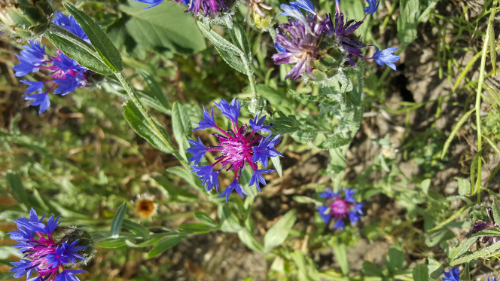
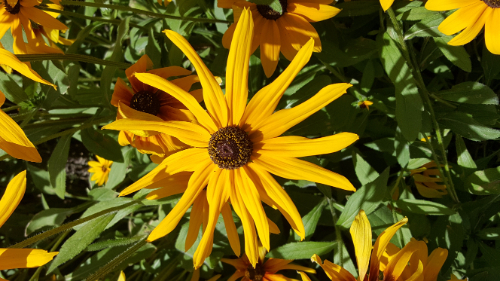
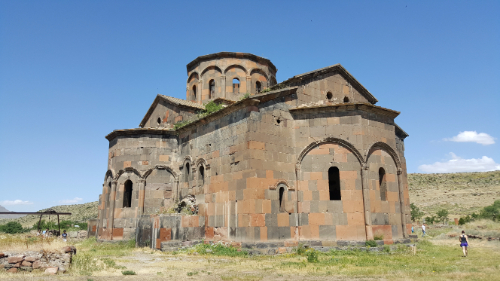
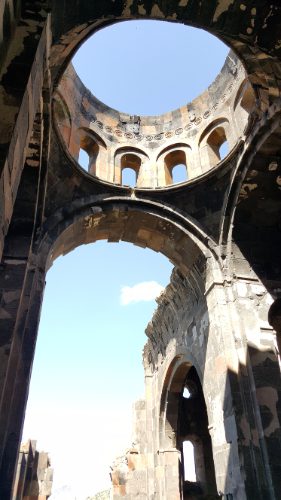
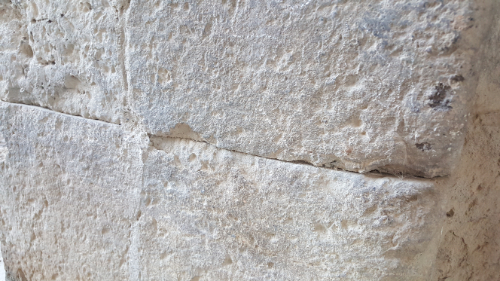

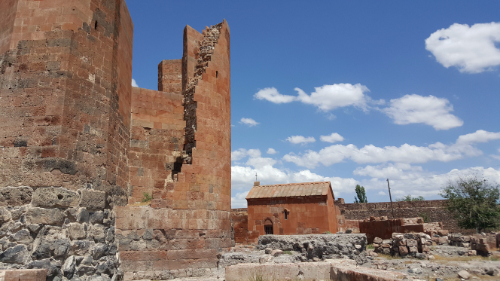
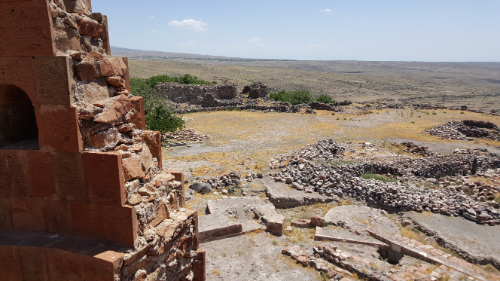
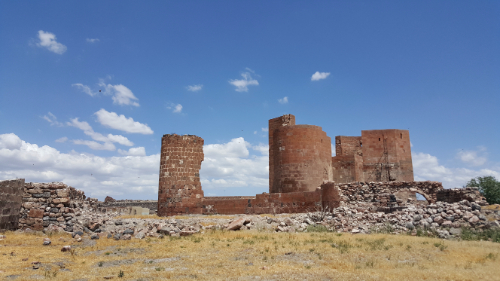
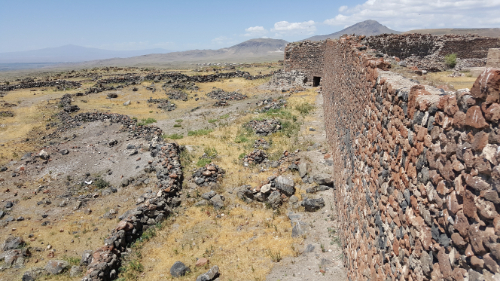
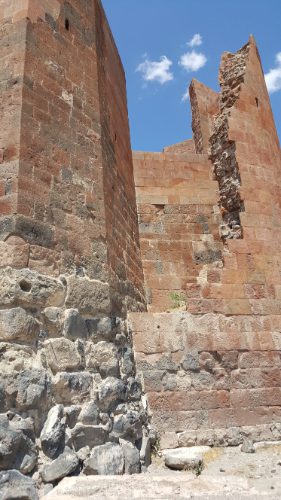
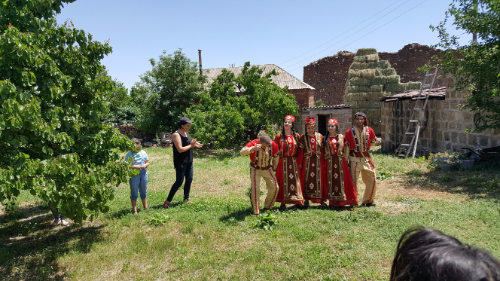

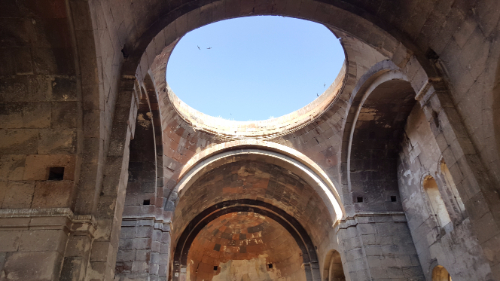
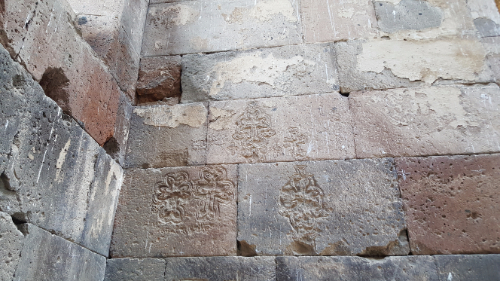
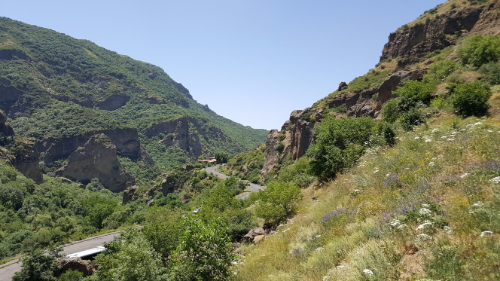
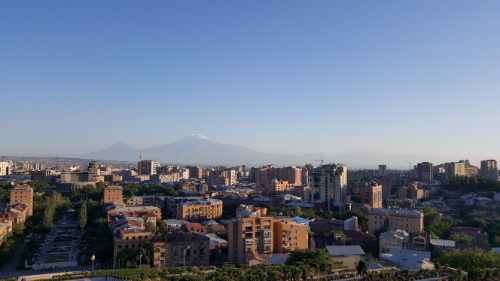 Armenia was part of the Soviet Union from 1920-1991. For much of that time, Armenia was very loyal and managed to do quite well under Soviet rule. This is also how Armenia got its current borders; they were determined by the Soviet Union. In 1988, things started to go downhill, and Armenians become disillusioned with the Soviet government. This was mostly due to the territories of Nagorno-Karabakh and Nakhichevan, both historically Armenian territories. Nakhichevan was populated by a majority Azerbaijanis, and it was declared an autonomous region under Azerbaijani jurisdiction by the Soviet Union. The Azerbaijanis then forced out most of the Armenian population in the area. Nagorno-Karabakh, on the other hand, was about 94% Armenian when the Soviets made it part of Azerbaijan. That percentage began reducing, and Armenia petitioned the government to make it officially part of Armenia to protect the Armenian population there and claim the land that was considered rightfully Armenia’s. The government failed to act, and with the crisis escalating, Armenia lost faith in Soviet rule.
Armenia was part of the Soviet Union from 1920-1991. For much of that time, Armenia was very loyal and managed to do quite well under Soviet rule. This is also how Armenia got its current borders; they were determined by the Soviet Union. In 1988, things started to go downhill, and Armenians become disillusioned with the Soviet government. This was mostly due to the territories of Nagorno-Karabakh and Nakhichevan, both historically Armenian territories. Nakhichevan was populated by a majority Azerbaijanis, and it was declared an autonomous region under Azerbaijani jurisdiction by the Soviet Union. The Azerbaijanis then forced out most of the Armenian population in the area. Nagorno-Karabakh, on the other hand, was about 94% Armenian when the Soviets made it part of Azerbaijan. That percentage began reducing, and Armenia petitioned the government to make it officially part of Armenia to protect the Armenian population there and claim the land that was considered rightfully Armenia’s. The government failed to act, and with the crisis escalating, Armenia lost faith in Soviet rule.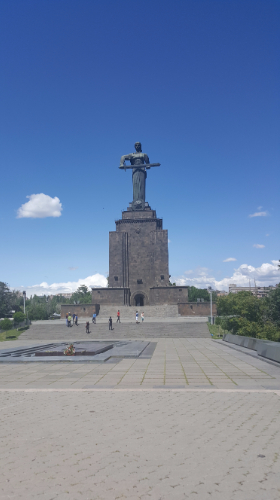 A vote was held in Armenia with 99% of voters electing to leave the Soviet Union, and Armenia declared its independence in September of 1991. This didn’t become internationally recognized until December of that year when the Soviet Union dissolved. So, from the very beginning of independence, Armenia was already involved in a war with Azerbaijan and had to figure out how to build an army without having any money. That was challenge #1. Thousands of Armenians fled into Nagorno-Karabakh from other parts of Azerbaijan, and thousands of Azerbaijanis fled from Armenia. It was like a population swap.
A vote was held in Armenia with 99% of voters electing to leave the Soviet Union, and Armenia declared its independence in September of 1991. This didn’t become internationally recognized until December of that year when the Soviet Union dissolved. So, from the very beginning of independence, Armenia was already involved in a war with Azerbaijan and had to figure out how to build an army without having any money. That was challenge #1. Thousands of Armenians fled into Nagorno-Karabakh from other parts of Azerbaijan, and thousands of Azerbaijanis fled from Armenia. It was like a population swap.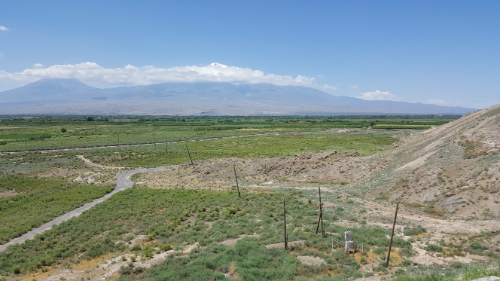 Challenge #3 was earthquake recovery. There was an earthquake in 1988 that hit the northern part of the country pretty hard. 25,000 people were killed, many were injured, and there was a lot of property damage. There was another massive emigration out of the country due to this and the inability of the government to handle all of the people who were now homeless and the kids who were orphaned.
Challenge #3 was earthquake recovery. There was an earthquake in 1988 that hit the northern part of the country pretty hard. 25,000 people were killed, many were injured, and there was a lot of property damage. There was another massive emigration out of the country due to this and the inability of the government to handle all of the people who were now homeless and the kids who were orphaned.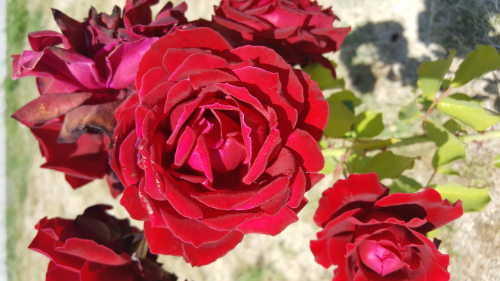 Finally, challenge #4 was directly related to the war with Azerbaijan. Azerbaijan closed down the eastern border of Armenia which led to a huge energy crisis. For 3-4 years, people lived with only 1-2 hours of electricity per day, 90% of the natural gas supply was cut off, and on top of all that, there were food shortages everywhere. Turkey closed the western border of Armenia as well, trying to strengthen their relationship with Azerbaijan. These years became known as the “dark and cold years”, and even more people left the country.
Finally, challenge #4 was directly related to the war with Azerbaijan. Azerbaijan closed down the eastern border of Armenia which led to a huge energy crisis. For 3-4 years, people lived with only 1-2 hours of electricity per day, 90% of the natural gas supply was cut off, and on top of all that, there were food shortages everywhere. Turkey closed the western border of Armenia as well, trying to strengthen their relationship with Azerbaijan. These years became known as the “dark and cold years”, and even more people left the country.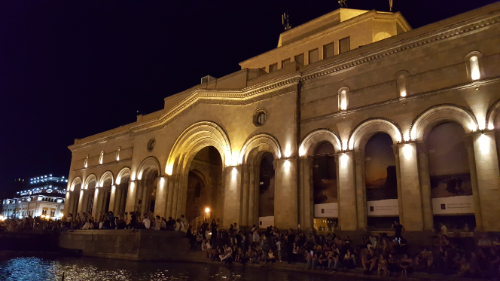 All of these challenges have now been kind of resolved. The war with Azerbaijan is at a bit of a standstill. The Armenian army occupies the region, and Nagorno-Karabakh has declared its independence, but nothing is internationally recognized. A ceasefire was signed in 1994 and has been somewhat followed (there have been a few breaches), but no one has been able to negotiate a peace treaty.
All of these challenges have now been kind of resolved. The war with Azerbaijan is at a bit of a standstill. The Armenian army occupies the region, and Nagorno-Karabakh has declared its independence, but nothing is internationally recognized. A ceasefire was signed in 1994 and has been somewhat followed (there have been a few breaches), but no one has been able to negotiate a peace treaty.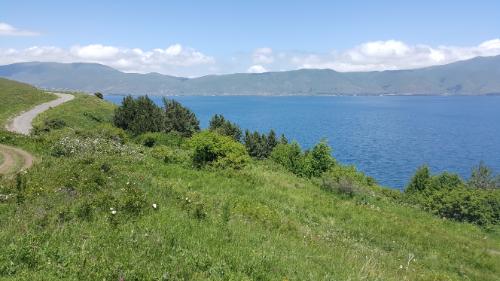 The economy is much improved but obviously still has a long way to go. It’s past the point of trying to survive though, and now the next step is progress and development. There are a lot of initiatives geared towards trying to educate people into IT and engineering-related fields because those are seen as the future.
The economy is much improved but obviously still has a long way to go. It’s past the point of trying to survive though, and now the next step is progress and development. There are a lot of initiatives geared towards trying to educate people into IT and engineering-related fields because those are seen as the future.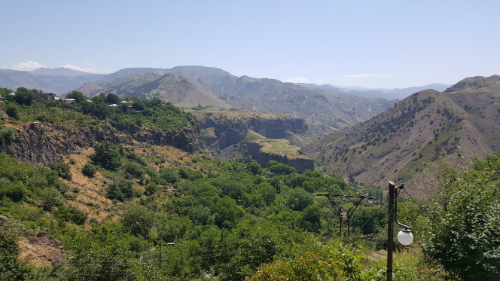 The earthquake situation also has a long way to go. Gyumri, the city I’m going to be in for rest of the summer, is one of the cities that was affected the most. It’s in waaay better shape than it was, of course, but there are still half-collapsed buildings and random rubble scattered about, especially on the outskirts of town.
The earthquake situation also has a long way to go. Gyumri, the city I’m going to be in for rest of the summer, is one of the cities that was affected the most. It’s in waaay better shape than it was, of course, but there are still half-collapsed buildings and random rubble scattered about, especially on the outskirts of town.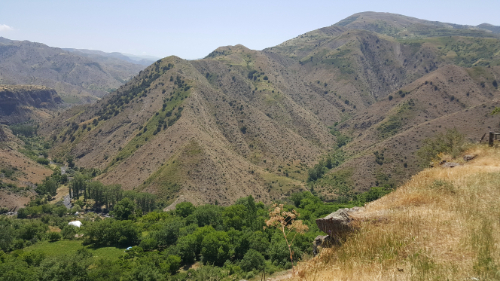 The energy crisis improved after the reopening of a previously shut-down nuclear power plant. Now, the energy supply is about evenly split between nuclear, thermal, and hydroelectric power, and natural gas is supplied from Russia in a pipeline that runs through Georgia. The borders with Turkey and Azerbaijan are still closed.
The energy crisis improved after the reopening of a previously shut-down nuclear power plant. Now, the energy supply is about evenly split between nuclear, thermal, and hydroelectric power, and natural gas is supplied from Russia in a pipeline that runs through Georgia. The borders with Turkey and Azerbaijan are still closed.